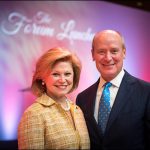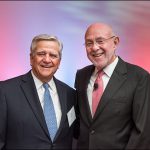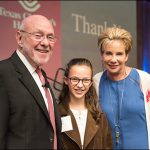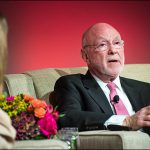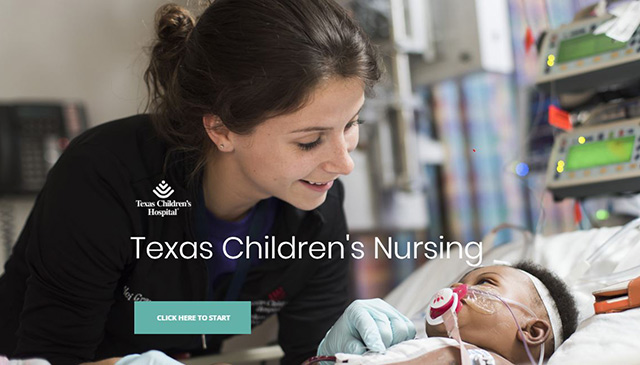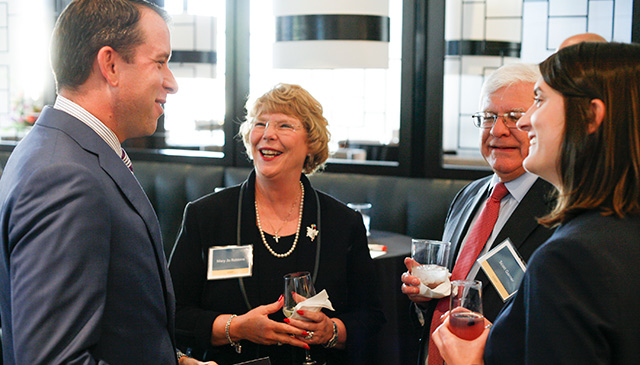![]() Information Services, the Cancer and Hematology Centers and Pharmacy recently partnered to successfully launch Epic Beacon, a new medical oncology module that gives physicians and other providers a better tool with which they can create personalized treatment plans and support care regimens based on standardized protocols. The outcome of such treatment plans and support care is a more efficient and effective way to follow each patient through outpatient doctor’s visits and inpatient hospital stays, easing the patient’s transition to lifetime, post-cancer care.
Information Services, the Cancer and Hematology Centers and Pharmacy recently partnered to successfully launch Epic Beacon, a new medical oncology module that gives physicians and other providers a better tool with which they can create personalized treatment plans and support care regimens based on standardized protocols. The outcome of such treatment plans and support care is a more efficient and effective way to follow each patient through outpatient doctor’s visits and inpatient hospital stays, easing the patient’s transition to lifetime, post-cancer care.
“This initiative has changed how we deliver care to some of our sickest patients,” said Cancer Center Director Dr. David Poplack. “With Beacon, we are able to provide more tailored treatment, more efficiently and at a decreased risk to our patients who receive some of the strongest medications.”
During the 18-month implementation process, about 600 treatment protocols were made electronic via Epic Beacon, which is fully integrated with Epic’s pharmacy and electronic Medication Administration Records (MAR) products, allowing oncologists to better track medications that have been dispensed and administered, including medications ordered outside of an oncology treatment plan.
In addition, Beacon, which is being used system wide where oncology patients receive chemotherapy, features decision support that can suggest protocols as well as dose-specific medication modifications based on chart data. It also tailors plans at the patient level, so medication orders can be created and queued up in advance of patient visits for cancer treatment.
“Using Beacon has been a culture change for the Cancer Center but well worth it,” said Julie McGuire, director of Enterprise Systems for Information Services. “It has taken real dedication from all teams involved as well as a tremendous amount of physician and nurse engagement.”
Dr. ZoAnn Dreyer, an oncologist with the Cancer Center, said Epic Beacon’s buildout and go-live process was smooth and seamless.
“Even Epic’s own representative was impressed, saying it was the best he has ever seen,” Dryer said. “And it’s worked well in clinic so far for sure!”
Other first impressions of Epic Beacon have been positive as well:
“I’ve never seen a project with as much dedicated physician support and I think that was a HUGE part of this project’s success!”
– Drew Willert, Information Services
“The success of the go-live and Beacon’s functionality is a direct result of a multidisciplinary team that demonstrated resilience, excellence and commitment to the overall success of the project.”
– Denise Tanner-Brown, Cancer and Hematology Centers
“I am so proud of what WE have done. I am so humbled by all of the outpouring of support from operational, Epic and IS leaders, as well as end users on the front lines.”
– Dr. Marla Daves, Cancer and Hematology Centers


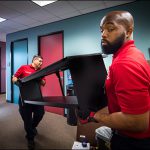
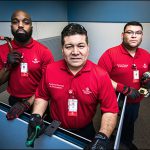
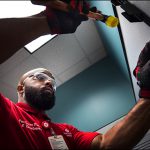

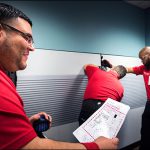
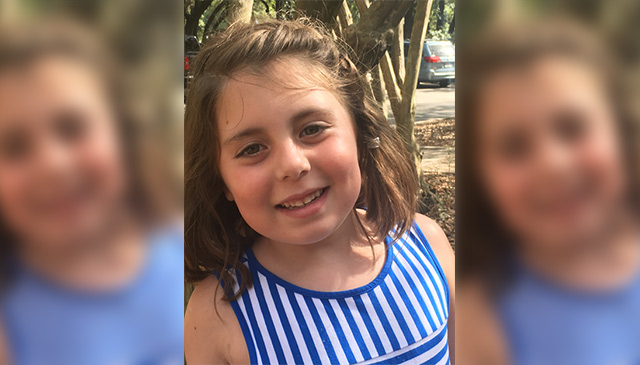 Six-year-old Molly Malinsky and her parents have a lot to be grateful for this holiday season. After their daughter was diagnosed with a seizure disorder at four months old, Molly is now seizure free, a miraculous outcome that her family credits to Texas Children’s world-class neuroscience team.
Six-year-old Molly Malinsky and her parents have a lot to be grateful for this holiday season. After their daughter was diagnosed with a seizure disorder at four months old, Molly is now seizure free, a miraculous outcome that her family credits to Texas Children’s world-class neuroscience team.
